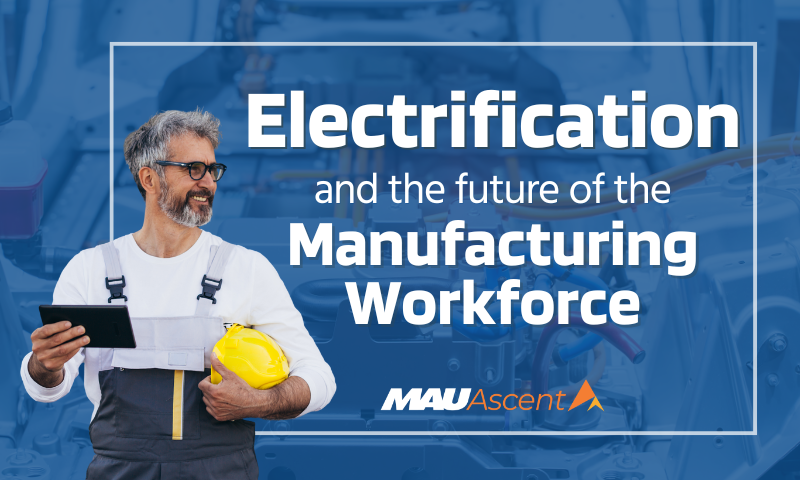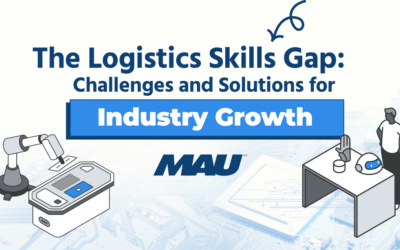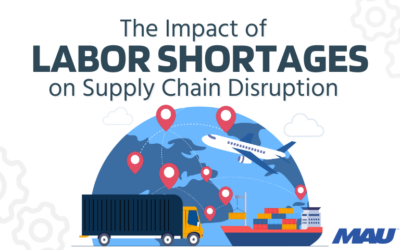The manufacturing sector is poised for a transformation, with electrification poised to redefine the industry landscape. This evolution is not just about adopting new technologies; it’s about reshaping the very fabric of the manufacturing workforce. For manufacturing leaders, understanding and navigating this shift is critical to future-proofing businesses and ensuring sustained industry leadership.
The Electrification Imperative
The global push towards sustainability and reduced carbon emissions has catapulted electrification to the forefront of manufacturing strategy. With governments and consumers increasingly favoring environmentally friendly products, the transition to electrified processes and products is no longer optional—it’s a competitive necessity.
Electrification presents a dual opportunity for manufacturing companies: to drastically reduce their carbon footprint and to innovate product lines, thereby capturing market share in a rapidly changing consumer landscape. However, seizing these opportunities requires a skilled workforce capable of operating and innovating within this new paradigm.
Impact of Electrification on the Manufacturing Workforce
The shift towards electrification will inevitably lead to significant changes in workforce demands. Traditional roles that focus on fossil fuel-based processes are likely to see a decline, while demand for skills in electrical engineering, battery technology, and sustainable manufacturing practices is expected to surge.
According to the International Energy Agency (IEA), the global push for clean energy is set to create over 14 million jobs in the sector by 2030, while 5 million jobs in traditional energy sectors may be displaced. For manufacturing leaders, this presents a challenge and an opportunity to reskill and upskill their workforce to thrive in an electrified future.
Strategies for Workforce Transformation
1. Invest in Continuous Learning and Development
The pace of technological change demands a commitment to continuous learning. Manufacturing firms must invest in training programs that equip their workforce with the skills needed in an electrified environment, including digital literacy, data analysis, and sustainable manufacturing practices.
2. Foster a Culture of Innovation
Innovation is the lifeblood of electrification. Encouraging a culture that rewards creativity, experimentation, and risk-taking will be key to developing new products and processes that can compete in a green economy.
3. Collaborate with Educational Institutions
Partnerships with universities, technical colleges, and online learning platforms can help ensure that the pipeline of talent entering the manufacturing sector is well-prepared for the demands of electrification. These collaborations can also provide current employees with access to cutting-edge research and training opportunities.
4. Leverage Technology to Enhance Workforce Flexibility
Digital tools and platforms can facilitate more flexible work arrangements, including remote work and flexible hours. This flexibility can be particularly valuable in attracting and retaining top talent in a competitive job market.
The electrification of the manufacturing sector is an irreversible trend driven by technological advances and the global imperative to combat climate change. For manufacturing leaders, the challenge is clear: adapt or be left behind.
Navigating this transition successfully will require a strategic focus on workforce development, leveraging the opportunities presented by electrification to build a more skilled, innovative, and flexible workforce. By doing so, manufacturing companies can not only ensure their competitiveness in a green economy but also play a leading role in the global movement towards a more sustainable future.
The future of manufacturing is electric, and the time to prepare is now. By investing in their people, manufacturing leaders can turn the challenges of electrification into opportunities for growth, innovation, and long-term success.






